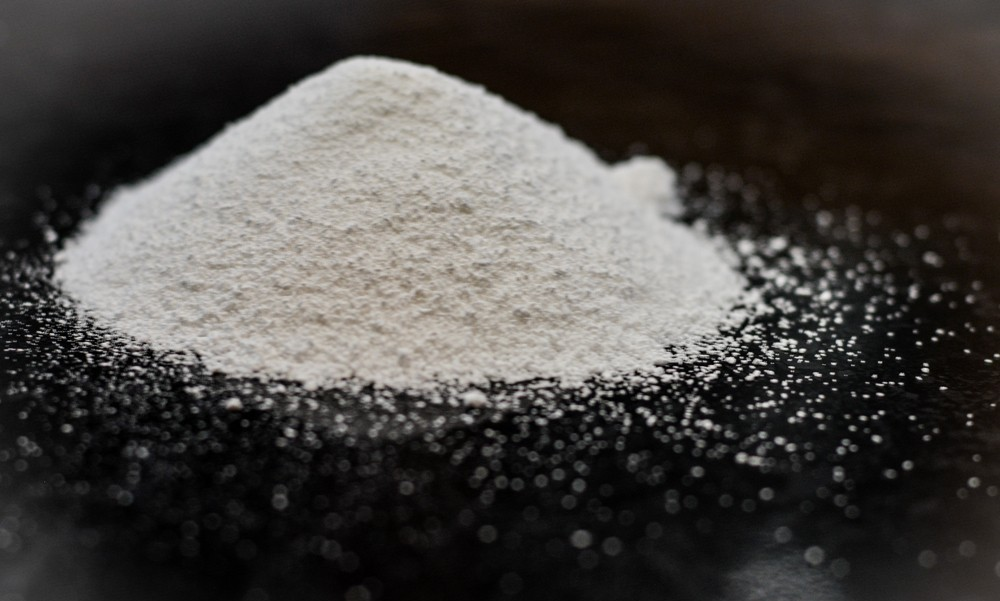Soda Ash: A Complete Guide to Its Properties, Science, and Applications

Catalog
Part 1: Soda Ash – A Journey Through Time
The legend of soda ash (sodium carbonate) began in ancient Egypt. As early as 3500 BC, artisans along the Nile River burned sodium-rich plants like saltwort, using the ash to produce glass beads and ceramic glazes. This primitive technique, known as the “plant ash method,” laid the foundation for early glassmaking. During the Middle Ages, Venetian merchants monopolized the soda ash trade in the Mediterranean. However, in the 18th century, French scientist Nicolas Leblanc broke this monopoly by inventing the “Leblanc process,” which used sulfuric acid, salt, and limestone. This innovation became a catalyst for the Industrial Revolution.

Part 2: The Science Behind Soda Ash – More Than Just a White Powder
Behind the chemical formula Na₂CO₃, soda ash exhibits remarkable properties:
- Melting Point Magician: In glass manufacturing, adding soda ash reduces the melting point of silica from 1700°C to around 1000°C, cutting energy consumption by up to 30%.
- pH Balance Master: Its aqueous solution has a pH of 11.6, making it highly effective in neutralizing acidic pollutants. For instance, in wastewater treatment, one ton of soda ash can neutralize the acidity of 3,000 liters of concentrated sulfuric acid.
- Ion Catcher: With a strong ability to bind calcium and magnesium ions, soda ash softens hard water. Just one gram of soda ash can remove up to 120 mg of calcium ions, making it a key component in detergent formulations.

Part 3: Modern Production – Technology vs. Nature
Solvay Process vs. Natural Soda Ash: Which One Leads?
Solvay Process (Synthetic Method)
- Around 60% of the world’s soda ash is produced via this method.
- The core lies in the ammonia-soda cycle, where ammonia and carbon dioxide are injected into brine to form sodium bicarbonate precipitates.
- Though complex, this process achieves over 95% raw material efficiency, with calcium chloride byproducts repurposed for de-icing applications.
Natural Soda Ash Extraction
- Extracted through underground solution mining from trona deposits, reaching 9% purity.
- Compared to the Solvay process, the natural method reduces carbon emissions by 40%and lowers water consumption by 65%, making it the preferred choice for sustainable development.

Part 4: The Various Applications of Soda Ash
- Glass Manufacturing– Soda ash is essential for glassmaking. It lowers the melting point of silica, enhances clarity and quality, and improves viscosity, making it easier to shape glass into bottles, windows, and mirrors.
- Detergent Industry– Soda ash is crucial in detergents, as it balances pH, softens water, and prevents soap scum by binding with calcium and magnesium ions. It is widely used in laundry detergents and dish soaps.
- Metallurgy– Used in mineral separation and refining, such as flotation processes. It also plays a role in aluminum production, improving purity.
- Water Treatment– Soda ash adjusts pH levels and controls alkalinity, reducing water corrosiveness and removing heavy metals and impurities, ensuring safer drinking water. It is also vital in wastewater treatment for neutralizing acidic waste.
- Chemical Manufacturing– A key reagent for producing sodium bicarbonate, sodium silicates, sodium phosphates, and sodium percarbonate, which are essential in pharmaceuticals, textiles, paper, and food processing industrie

Part 5: Beyond Glass & Detergents – The Hidden Applications
- New Energy Revolution– Soda ash is used in lithium-ion battery production to refine lithium carbonate. In Tesla’s 4680 battery electrolyte preparation, each cell requires 50 grams of high-purity sodium carbonate.
- Carbon Neutrality Pioneer– Swedish startup “Ecocem” captures CO₂ emissions from cement plants using soda ash, transforming it into construction materials. Each ton of soda ash can sequester 0.5 tons of CO₂.
- Food Technology– The secret behind the chewy texture of ramen noodles is soda ash. Adding 3% food-grade soda ash during dough preparation increases the pH to 9.2, triggering gluten crosslinking for a firm texture.

Part 6: Global Market Insights – Where Opportunity Lies
- Growing Demand:
- Photovoltaic glass(Annual growth rate: 12%)
- Lithium battery materials(Annual growth rate: 18%)
- Biodegradable plastics(PBAT production requires soda ash as a catalyst)
- Price Fluctuation Alerts: In 2023, a strike at Turkish natural soda ash minesled to a 40% surge in European soda ash prices. Keep an eye on key production regions: Wyoming (USA), Henan (China), and Turkey.
- Green Certification Trends: The EU REACH regulationsnow require soda ash suppliers to provide carbon footprint labels. Products derived from natural soda ash command a 15% premium in pricing.

Conclusion: Soda Ash – The Industrial Backbone Connecting the Past and Future
From the furnaces of ancient Egyptian artisans to Tesla’s gigafactories, from Nile River plant ashes to Wyoming’s underground deposits—soda ash represents a timeless epic of human ingenuity and nature’s bounty.As a key player in the global supply chain, we provide more than just a product—we are committed to advancing cleaner production technologies and circular economy solutions.
Is your soda ash procurement ready for the challenges of the new energy era?
Whether you are a chemical trader, factory owner, sales manager or any representative – your goal is clear. that is to buy the purest quality chemical products at a fair price.
If you still have questions about soda ash or any other chemical compound, please feel free to contact at feronia@wit-stone.com | +86-15655559799
Resource Link: More About Soda Ash (Sodium Carbonate)



